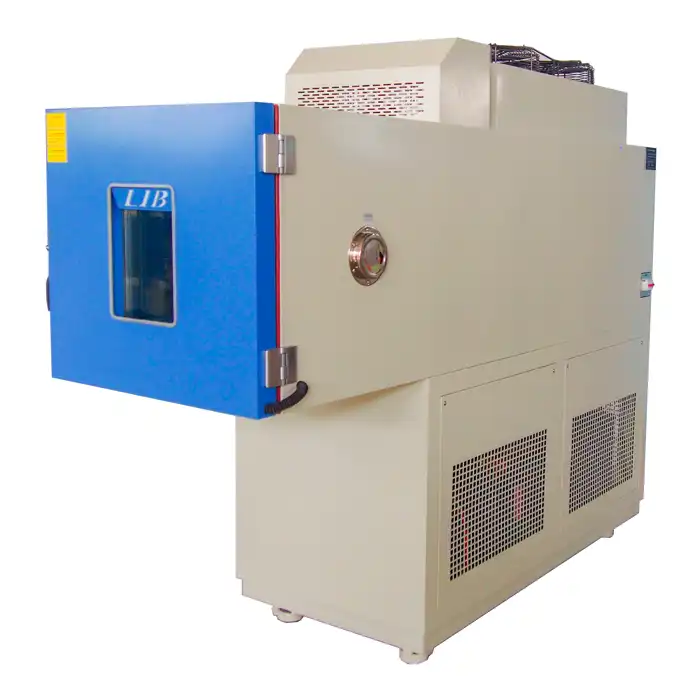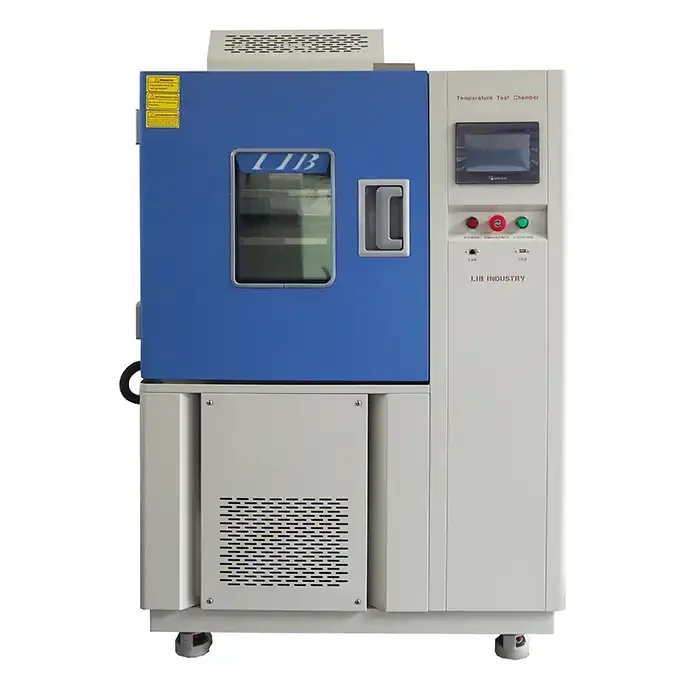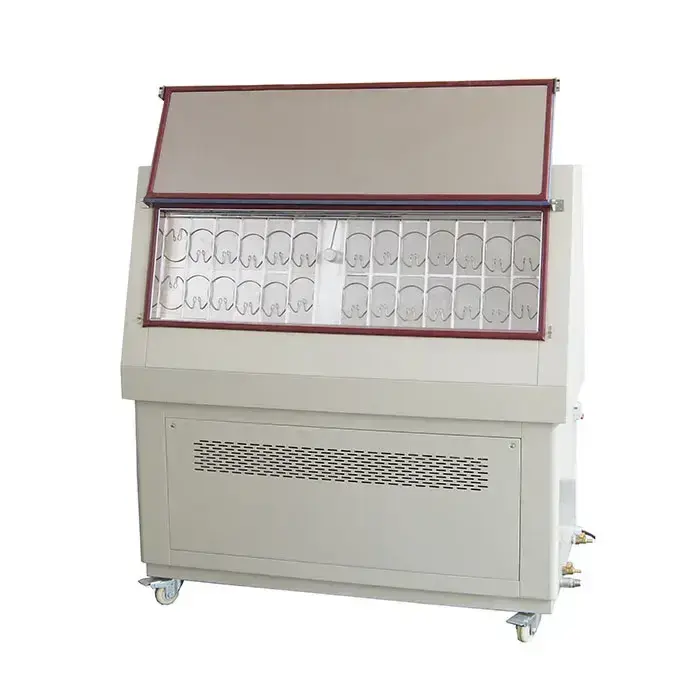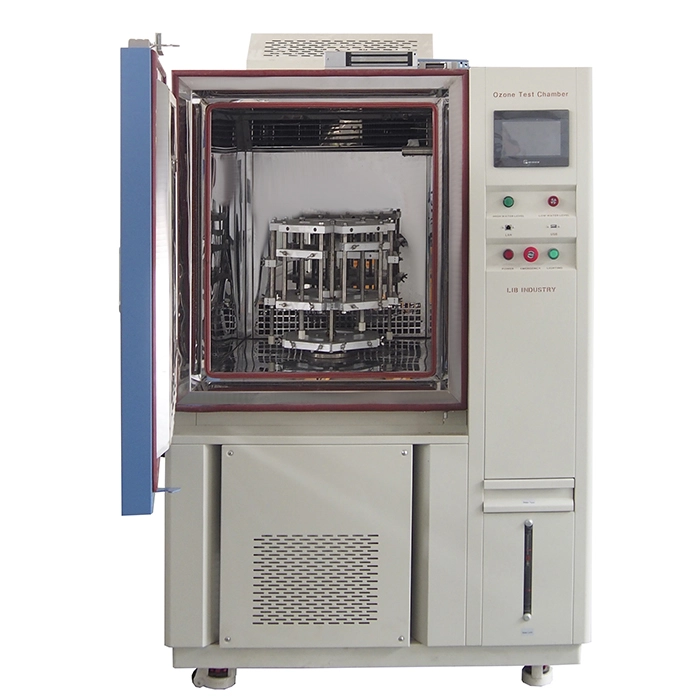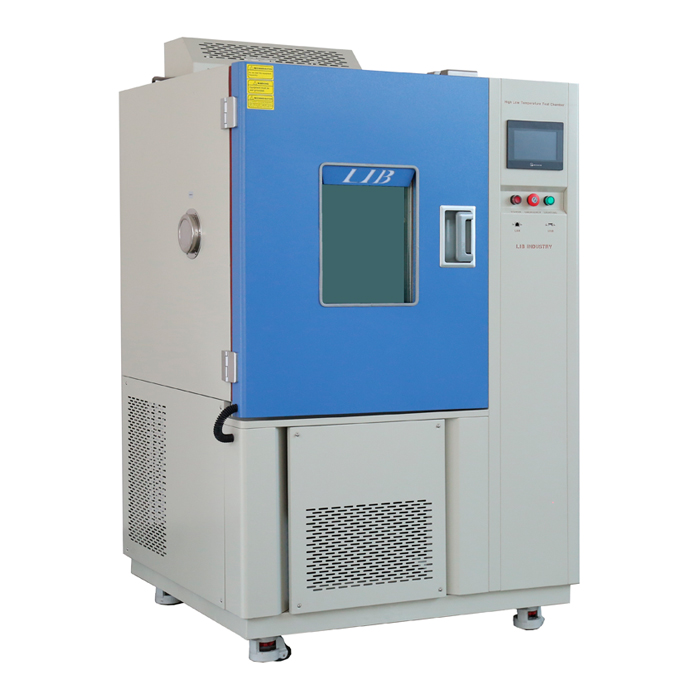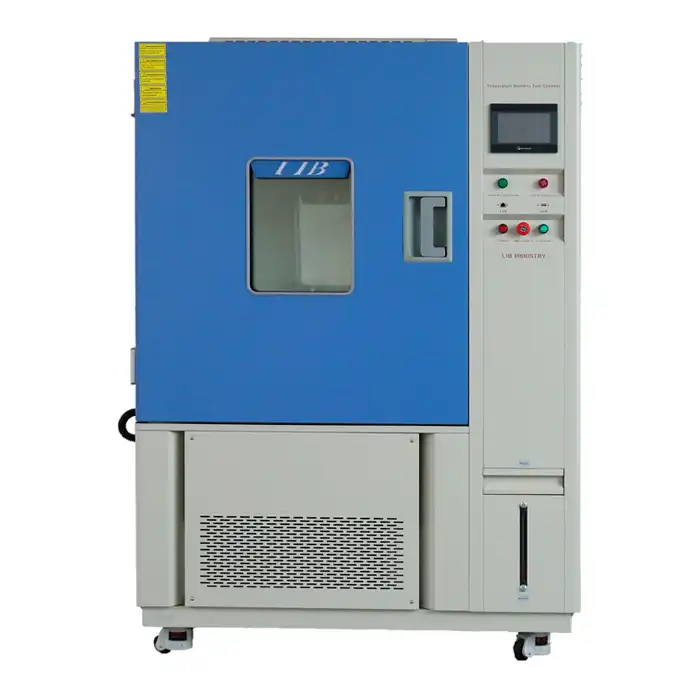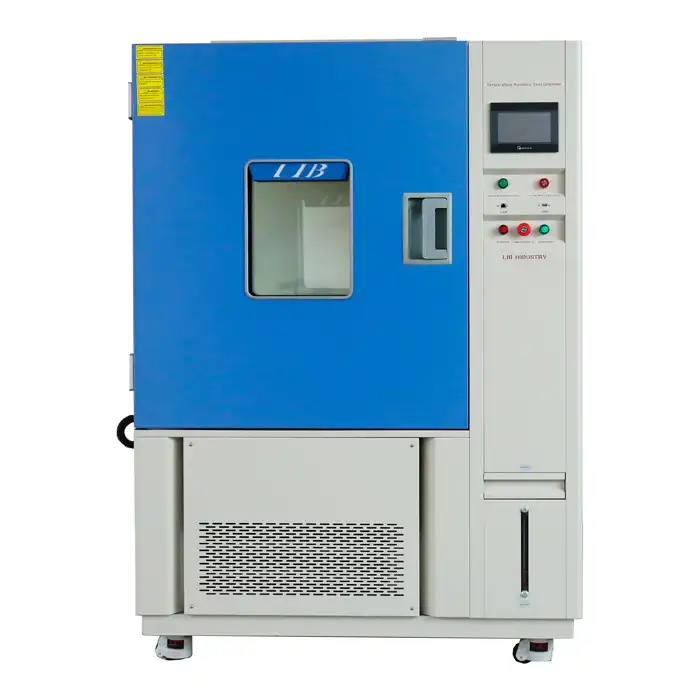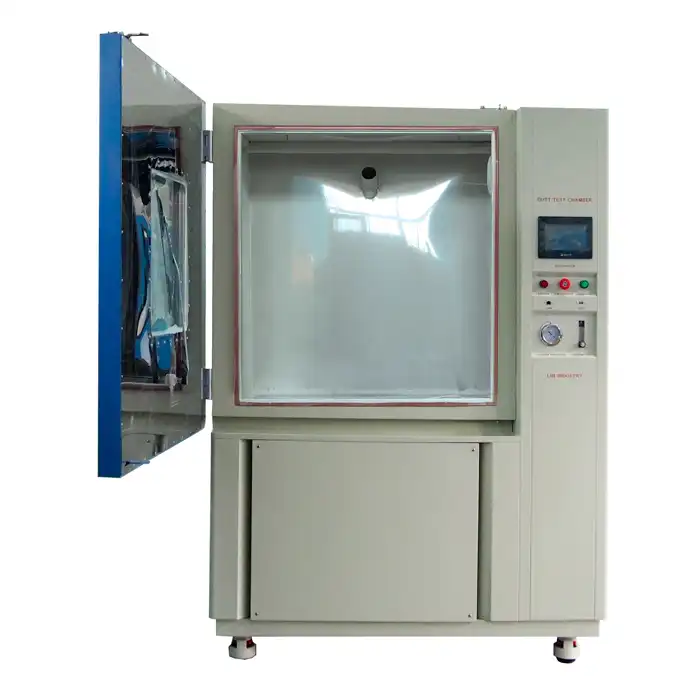What are the methods of environmental chamber testing?
Environmental chamber testing plays a crucial role in product development, ensuring that items can withstand various environmental conditions before hitting the market. Whether you're working with electronics, automotive parts, or materials for construction, environmental testing is essential for assessing durability, reliability, and performance under stress. This article explores the methods used in environmental chamber testing, with a focus on benchtop environmental chambers.
What is Environmental Chamber Testing?
Products or materials are subjected to controlled conditions that simulate various environmental factors during environmental chamber testing. These variables might incorporate temperature limits, dampness levels, vibration, UV openness, and that's only the tip of the iceberg. The objective is to ascertain any potential flaws or failure points and observe how products respond to these conditions.
Benchtop environmental chambers are conservative, adaptable units frequently utilized for more limited size testing. They are ideal for laboratories or facilities where precise environmental control is required despite limited space. These chambers can reproduce a scope of conditions, considering far reaching testing in a controlled climate.
Temperature and Humidity Testing
One of the essential strategies for environmental chamber testing is temperature and humidity testing. Items are presented to outrageous temperature ranges, from freezing cold to burning intensity, to perceive how they perform under thermal pressure. Humidity levels can likewise be changed in accordance with evaluate how materials respond to dampness, whether through buildup or high moistness conditions.
Benchtop environmental chambers are especially successful for these tests since they can quickly change temperature and stickiness levels. This capacity is fundamental for distinguishing how materials grow, contract, or debase under various circumstances, which is significant for guaranteeing the life span and unwavering quality of an item.
Vibration and Shock Testing
Vibration and shock testing are other critical methods used in environmental chambers, especially for products that will be subjected to movement or impact during their lifecycle. This testing simulates the stresses that products may encounter during transportation, handling, or operation.
In a benchtop environmental chamber, vibration testing can be conducted to observe how products withstand repetitive motion or sudden impacts. This is particularly important for electronics, automotive components, and packaging materials, where even minor failures can lead to significant issues. By identifying potential problems during testing, manufacturers can make necessary adjustments to improve product durability and safety.
The Role of Benchtop Environmental Chambers in Product Testing
Benchtop environmental chambers are highly versatile tools in product testing. Their compact size does not compromise their ability to simulate a wide range of environmental conditions. These chambers are equipped with advanced control systems that allow for precise adjustments to temperature, humidity, and other environmental factors.
Flexibility and Precision
One of the main advantages of benchtop environmental chambers is their flexibility. They can be used to test a variety of products, from small electronic devices to components used in aerospace applications. The precision of these chambers ensures that tests are repeatable and reliable, providing consistent results that manufacturers can trust.
The ability to simulate specific environmental conditions is crucial for meeting industry standards and regulations. For example, in the automotive industry, parts must be tested for their ability to withstand temperature fluctuations, vibration, and humidity. Benchtop chambers allow manufacturers to conduct these tests efficiently, ensuring that products meet the necessary standards before reaching the market.
Cost-Effectiveness
Another benefit of using benchtop environmental chambers is cost-effectiveness. Compared to larger chambers, benchtop units require less energy to operate and are generally less expensive to maintain. This makes them an attractive option for small to medium-sized enterprises (SMEs) or research laboratories that need to conduct rigorous testing on a budget.
Additionally, the smaller size of benchtop chambers means they can be easily integrated into existing testing facilities without the need for significant modifications. This convenience allows companies to expand their testing capabilities without incurring high costs.
How to Choose the Right Environmental Chamber for Testing?
Choosing the right environmental chamber for your testing needs depends on several factors, including the type of products you are testing, the specific conditions you need to simulate, and your available space and budget. Here are some tips to help you make the right choice:
Identify Your Testing Requirements
The first step in selecting an environmental chamber is to identify your testing requirements. What environmental conditions do you need to simulate? Are you testing for temperature extremes, humidity, vibration, or a combination of factors? Understanding your specific needs will help you choose a chamber that meets those requirements.
For example, if you need to conduct high-frequency vibration testing, you should look for a chamber that can accommodate this type of testing. On the other hand, if you primarily need to test for temperature and humidity, a benchtop environmental chamber with precise temperature and humidity controls will be ideal.
Consider Chamber Size and Capacity
The size and capacity of the chamber are also important considerations. Benchtop environmental chambers are suitable for testing smaller products or components, but if you need to test larger items, you may require a larger chamber. Make sure the chamber you choose can accommodate the size and quantity of the products you need to test.
Evaluate Control Systems and Features
Modern environmental chambers come equipped with advanced control systems that allow for precise adjustments to environmental conditions. When choosing a chamber, evaluate the control systems and features to ensure they meet your testing needs. Look for chambers with user-friendly interfaces, data logging capabilities, and the ability to create and store testing programs.
Budget and Maintenance
Finally, consider your budget and the long-term maintenance costs of the chamber. While benchtop environmental chambers are generally more affordable and easier to maintain than larger units, it's important to factor in operating costs, energy consumption, and potential maintenance needs. Choose a chamber that offers the best balance between cost and functionality for your testing requirements.
Conclusion
In conclusion, environmental chamber testing is a vital process for ensuring the durability, reliability, and safety of products. Benchtop environmental chambers offer a versatile and cost-effective solution for conducting a wide range of tests, from temperature and humidity to vibration and shock. By choosing the right chamber for your needs, you can ensure that your products meet industry standards and perform well under various environmental conditions.
If you want to learn more about this kind of Benchtop Environmental Chamber, welcome to contact us info@libtestchamber.com.
References
1. Smith, J.D. (2019). Environmental Testing Methods: A Comprehensive Guide. Journal of Materials Science, 54(12), 7890-7905.
2. Johnson, A.R., & Thompson, L.K. (2020). Advances in Benchtop Environmental Chamber Technology. Environmental Testing Quarterly, 35(2), 112-128.
3. Chen, Y., et al. (2022). Multi-Parameter Environmental Testing: A Holistic Approach to Product Evaluation. Quality Engineering, 34(3), 401-417.
4. Garcia, R.L., & Martinez, E.S. (2020). Environmental Chamber Testing in the Automotive Industry: Challenges and Opportunities. SAE International Journal of Materials and Manufacturing, 13(2), 179-195.



